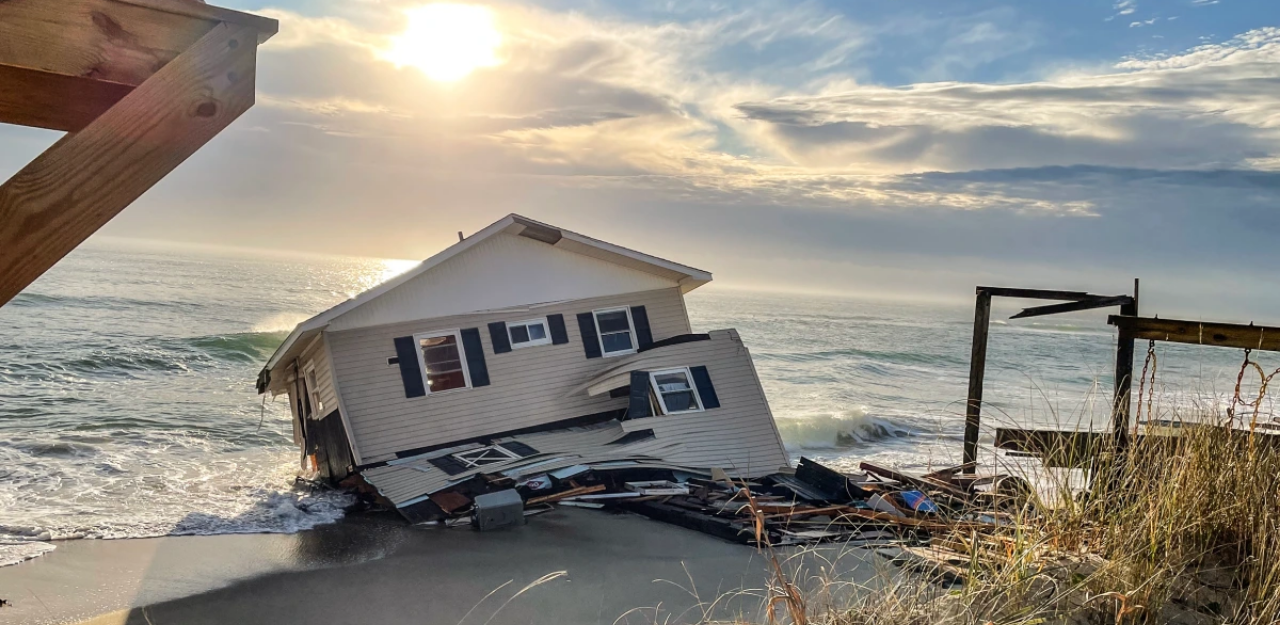With more hurricanes than normal slated to come our way in the coming months per the scientist forecasts, now is the time to think about strategies to keep coverage options available and more affordable for coastal properties. Deductible buy back (DBB) insurance is one such strategy. As a risk manager who specializes in complex and catastrophic property risk, we recommend deductible buy back as an option for reducing a client’s financial burden following a loss. It essentially works by lowering the deductible under a separate policy. Let’s take a closer look at how DBB works and why it’s needed.
A typical named storm deductible will range from 1 to 3 percent per claim, on average. Depending on the carrier and the property location, these deductibles may extend to all wind and hail claims, as well. It is in the application of these deductibles where the details can range, and where policy language expertise is paramount.
A 2 percent deductible may not sound like a lot, but consider this: When applied to the total policy limit, a combination that could include building, contents and loss of income, a 2 percent deductible on a property insured for $1 million translates to a $20,000 deductible. And because property deductibles are applied each time you have a separate loss event, you could be faced with a $20,000 wind and hail deductible each and every time your property sustains wind or hail damage. That is a lot of potential for self-insured exposure.
And that’s not all. For properties with multiple buildings, such as apartment complexes, corporate or collegiate campuses, policies are likely to include a deductible on each building separately. It is hard to fathom the loss scenario multi-site property owners could potentially face in a hurricane season that delivers multiple damaging storms. It is also difficult to quantify, and thus plan for, maximum potential out-of-pocket exposures from windstorm losses. How often will you be hit? And how significantly?
Fortunately, there’s a solution; one that allows us to quantify our worst-case deductible scenario and to control it. Sometimes referred to as a deductible buy-down policy, DBB is a cost mitigation tool that functions separately from a typical insurance policy. Although available as an insurance product, it is not exactly insurance. It is a policy purchased separately, underwritten specifically to a client’s deductible posture and customized to their needs. It is triggered by one cause–the application of a deductible in the primary policy.
Deductible buy downs are true to their name. These policies reduce your deductible in the event of a loss, typically from wind or hail, to a specific limit that is lower than the primary deductible on your property policy. They can buy down a deductible to a lower number or a lower percentage. They can also buy a ‘per building’ deductible down to a ‘per occurrence’ deductible when it benefits you to do so.
For example, a 2 percent named storm deductible on a $5 million property could be brought down from $100,000 per claim, to a much more manageable $25,000. A deductible of $25,000 on each building could be brought down to $10,000 total per occurrence, meaning you would only sustain a single $10,000 deductible on the entire location. The options abound.
The cost of a deductible buy back depends on multiple factors, with geographic location and propensity of wind loss being the most significant. Individual location loss history, construction type, age and other specific building characteristic also play a role.
However, the DBB market is surprisingly stable as compared to the catastrophic property marketplace. Yet, DBBs are widely underutilized. Lenders rarely mandate them and will accept the minimum percent deductibles offered by insurance carriers.
If you own coastal property and this is the first you are hearing of deductible buy back as an option, you are not alone. Insurance agents are often unaware of this option, or unsure how to utilize it. This underscores the importance of working with a risk advisor who understands catastrophic property placement. I am well versed on mitigation strategies available to property owners in wind zones, and Sentinel is one of the largest writers of property insurance in North Carolina.
Wind and hail deductibles are becoming increasingly common and more widespread. If you are subject to a separate wind, hail, or named storm deductible, let’s talk about your options relative to a buy down policy as part of your overall risk management assessment. DBB can dramatically reduce maximum out of pocket expenses. It can also allow you to quantify, and thus plan for, the worst-case scenario.

